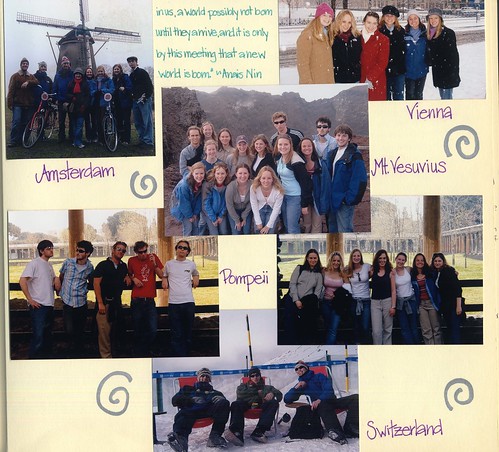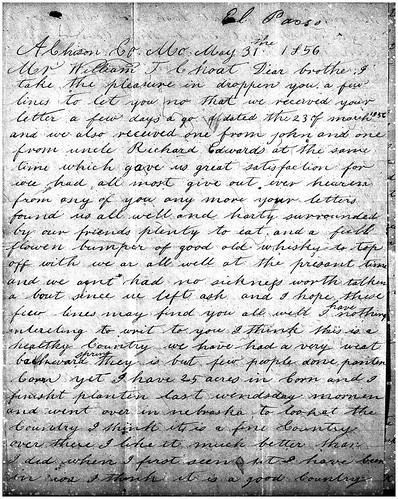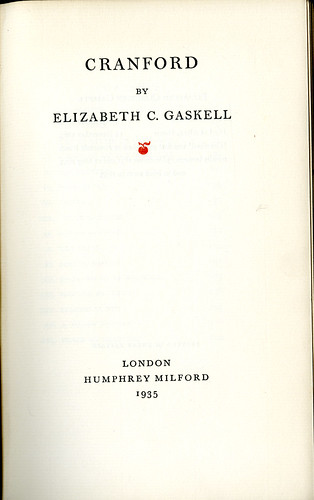This article is more than 5 years old.
C is for…
Casa Artom Scrapbooks
Casa Artom is a house, purchased by WFU in 1974, facing the Grand Canal in Venice, Italy. The two-story house was built in the 1820s and is located between the Peggy Guggenheim Museum and Ca’Dario. The house is named for Dr. Camillo Artom, a faculty member at the Wake Forest University School of Medicine, and his wife Bianca, a teacher of Italian and native of Venice. Wake Forest University students and faculty reside in Casa Artom while participating in the semester in Venice or other study-abroad programs.

The Casa Artom Scrapbook collection consists of 14 bound scrapbooks, including originals and facsimiles, in which students and other visitors have written their thoughts and reminiscences about their time at Casa Artom. Guests of the house are invited to sign scrapbooks during their visit as a way to record their time spent in Venice.

The scrapbooks range in dates from 1974 to 2007. You can find both photographs and original drawings by students and faculty in the scrapbooks. For more information, check out the Casa Artom Scrapbooks finding aid.
C is also for …Choate Family Papers

This collection of papers from the Choate family living in Alleghany County, North Carolina consists primarily of correspondence between William Thomas Choate (1832-64) and his wife, Martha (Fender) Choate (1836-97), during his service as an officer in Company I, 61st Regiment North Carolina State Troops during the Civil War. His letters are concerned with camp life, the Battle of Antietam, casualties, sickness in his company, and the need for food and clothing from home. His wife’s letters are mostly about the family and neighbors, deaths in the family and neighborhood, sickness, running the family farm, care of livestock, and her wanting William to come home. Other correspondents include William Choate’s brothers, friends, relatives and others. For more on the Choate Family Papers look through the finding aid and visit Special Collections to see the microfilm.
And C is for…Cranford by Elizabeth Cleghorn Gaskell

Elizabeth Cleghorn Gaskell was a British novelist and short story writer during the Victorian era. She was born in London in 1810 and died in 1865. She’s known for works such as Ruth, The Life of Charlotte Bronte, North and South, and Cranford. Her novels offer readers details on the lives of many strata of English society including the very poor. She framed her stories as critiques of contemporary attitudes and generally emphasized the role of women.

Cranford was a popular novel during the 19th century. First published in 1851 in serial in the magazine Household Words, Cranford is one of the best known novels of Elizabeth Gaskell. It was published in eight parts in Charles Dickens’ journal from 1851 until 1853. Cranford is different from the other novels by Elizabeth Gaskell in that it is the depiction of a small English village and is concerned with the everyday occurrences in the lives of mainly older ladies, rather than the story of a great social problem threatening the lives and security of the characters. Special Collections and Archives has two copies of this wonderful novel. Special Collections’ older copy was published in New York in 1892 and is a part of the Charles L. Smith collection. The second copy was published in London in 1935 and is one of 500 copies printed at the University Press, Oxford. To read one of these copies in the Rare Books collection, visit the Special Collections and Archives reading room.
And don’t forget to look out for D…
This ABC’s of Special Collections blog post was written by student assistant Brittany Newberry.

4 Comments on ‘The ABCs of Special Collections and Archives: C is for…’
I can’t wait for D! C is also for “Creative”! This was great fun.
Thanks for the post! I’m a big fan of “Cranford” and enjoyed learning more about Elizabeth Gaskell’s work!
I want to visit Casa Artom!
C is for “Can’t” wait for the letter D!